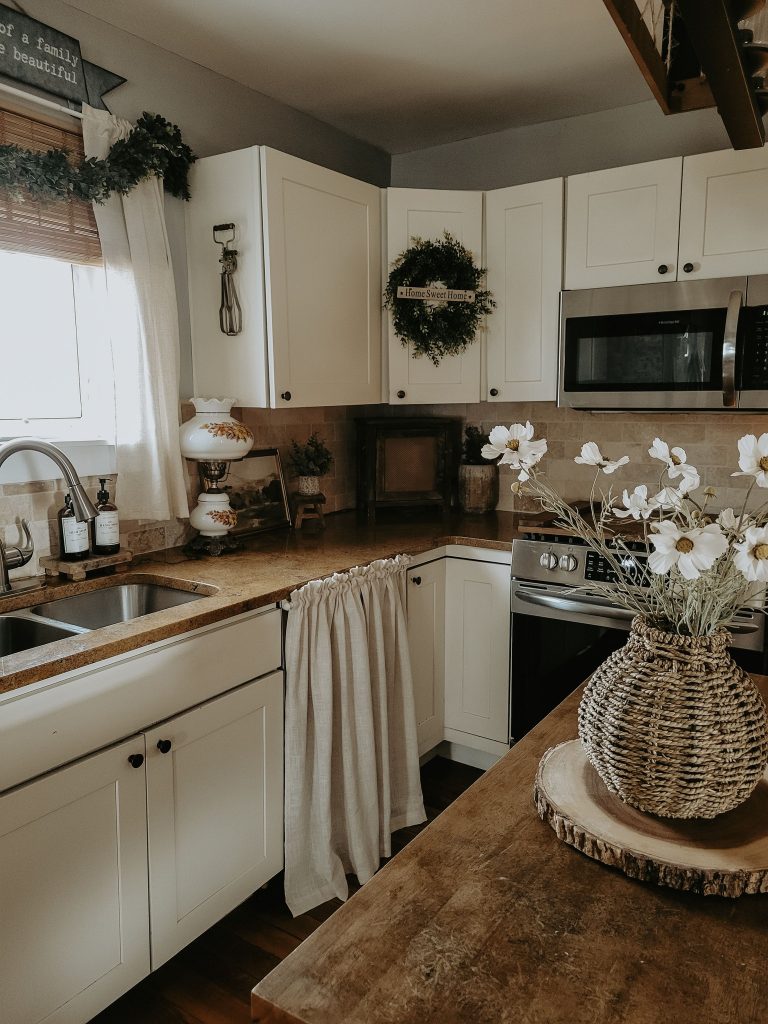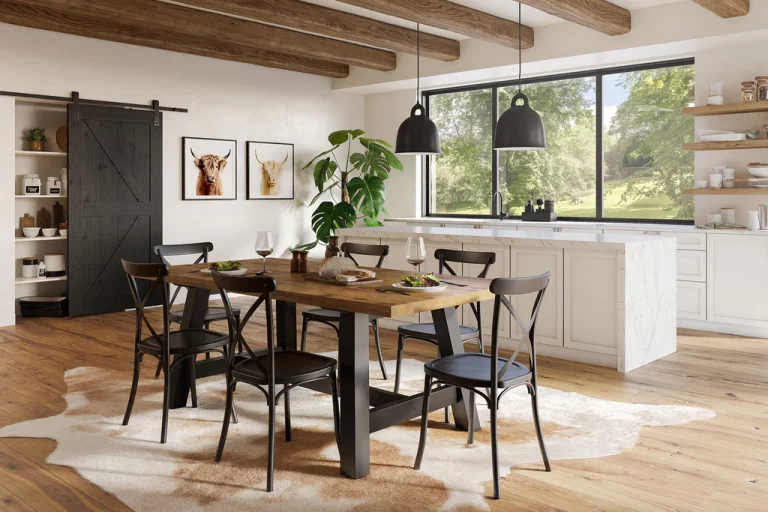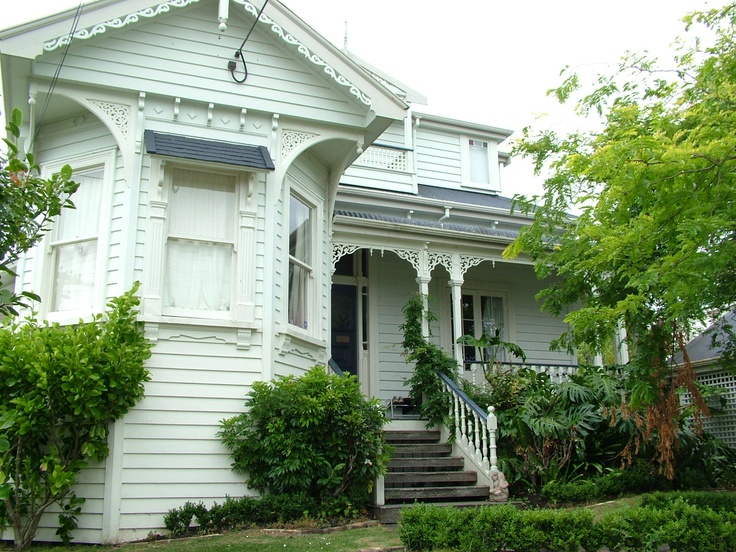Buying an old house is a significant decision, but without a thorough technical inspection, you may face many unnecessary risks. A technical inspection is a crucial step that helps you identify potential issues related to the structure, electrical and plumbing systems, and overall living conditions. This not only protects your finances but also ensures the safety of your family.
1. Identifying Structural Issues
Foundation and Walls: Old houses may have issues such as foundation settling or wall cracks. These problems can significantly affect the stability of the house and pose safety risks. A technical inspection helps detect these issues early and provides solutions before you make the purchase.
Roofing: The roof of an old house can be damaged due to age and weather conditions. Inspecting the roof will help you determine if repairs or replacement are needed, preventing potential water leaks that could cause damage to other parts of the house.
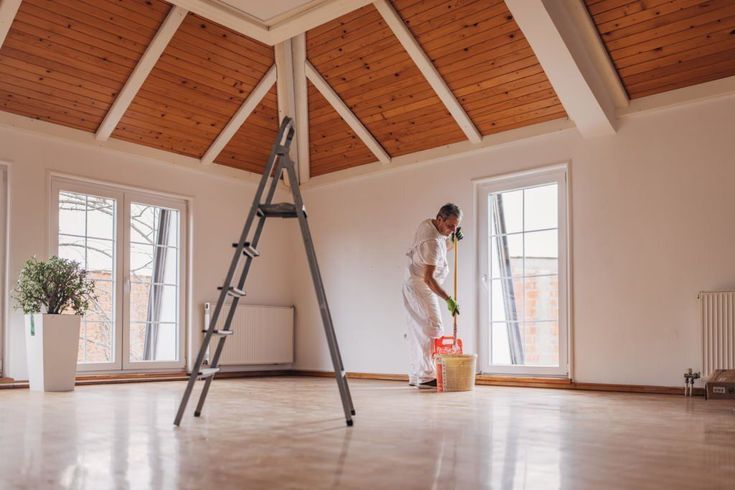
2. Evaluating Electrical and Plumbing Systems
Electrical System: Old houses may have outdated electrical systems that do not meet modern safety standards. A technical inspection helps uncover fire hazards or unsafe wiring that could pose risks.
Plumbing System: Plumbing issues, such as damaged pipes, sinks, or faulty fixtures, can be hard to detect but may cause a lot of trouble if not thoroughly inspected. Early detection of these issues can prevent future blockages or leaks.
3. Environmental and Safety Checks
Termites and Pests: Old houses, particularly those made of wood, are susceptible to termite or pest infestations. These issues need careful inspection as they can affect the structure and lead to expensive repairs.
Air Quality: Old homes may contain harmful substances such as lead or asbestos, especially if they were built a long time ago. Inspecting the air quality will help identify such issues, safeguarding your family’s health.

4. Saving on Repair Costs
Early Problem Detection: A technical inspection allows you to identify potential problems that might not be immediately visible. This helps you make an informed decision and avoid unexpected expenses in the future.
Budget Planning: Knowing in advance about necessary repairs allows you to create a detailed financial plan for renovation and maintenance of the home.
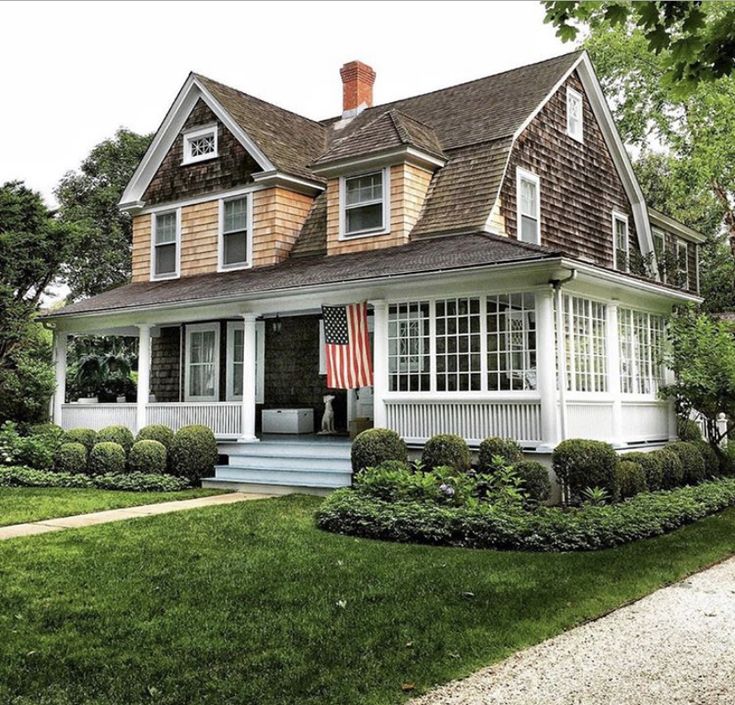
5. Ensuring Safety and Comfort
Safety for Occupants: A technical inspection ensures that the electrical system, structure, and other components of the house are safe. This reduces the risk of accidents for you and your family.
Comfort and Livability: Checking basic systems like electricity, plumbing, and HVAC ensures a comfortable living environment, and helps prevent issues that could cause inconvenience after you buy the house.
A technical inspection when buying an old house is a vital step in identifying hidden issues and protecting your investment. It helps you save on repair costs, ensures the safety of the house, and guarantees a comfortable living environment. To conduct a thorough inspection, it’s essential to seek help from experienced professionals. This will allow you to make a wise decision and own a safe, long-lasting home.

